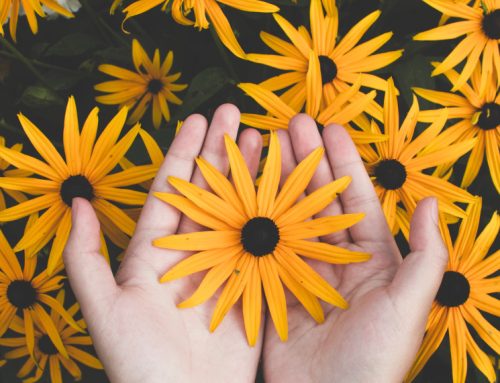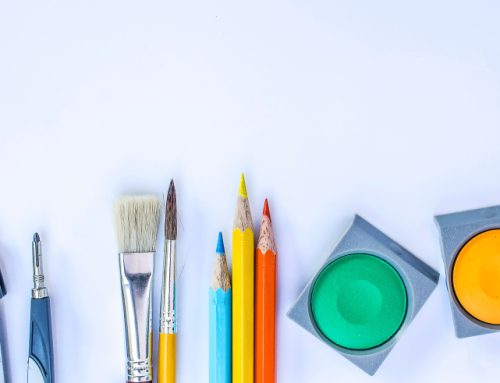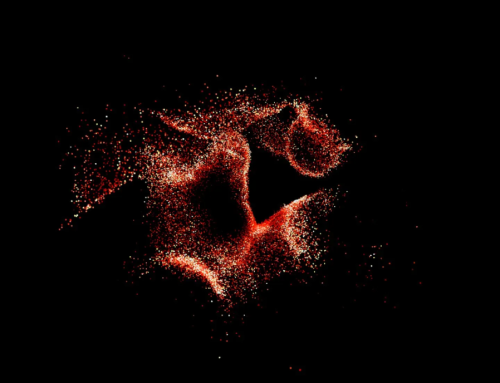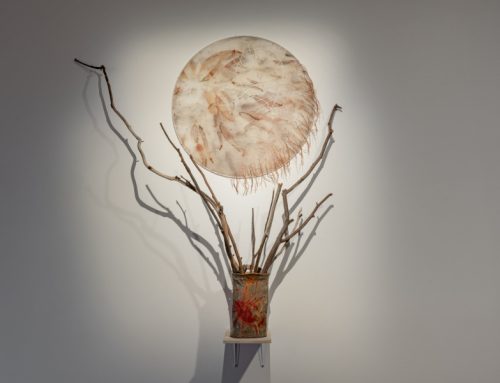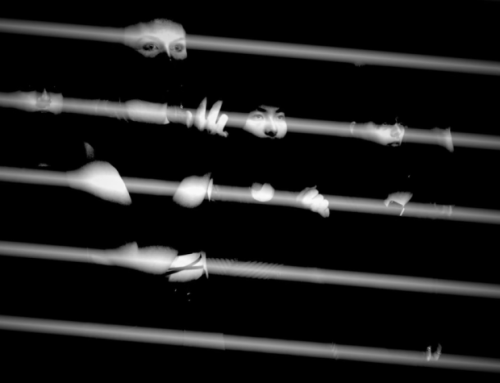When the idea of an online exhibition emerged during an AHNNA meeting in February, the smoke from the bushfires was still thick outside. A long time ago in this most extraordinary of years. What I remember our talking about at this meeting was language; how words like ‘trauma’ and ‘resilience’ and ‘disruption’ and ‘catastrophic’ had lost their meaning through over-use. And so an idea was launched to have an exhibition, where we would have the opportunity perhaps of learning a new language from artists, artists who were doing the re-defining of our times through their work at the margins of experience, the lived and the unimaginable. The call for works went out and the work flowed in. It was fantastic, the immediate response and the incredible diversity in content and form. By the time we were well underway, perhaps August, hard to tell now time had become meaningless, too, COVID and wellbeing, or lack of, dominated the Environment as a focus. And frequently for our artists Hope had become an Act of Courage. And in this quest for Hope there wasn’t optimism but there was connection and there was dignity and both of these qualities were, I found, contagious. Where there had been a kind of detachment, there evolved a sense of community, of respect and the possibility that together there could be some kind of recovery. Everyone who offered their work is included in this exhibition; how very strange that we should receive just the right number to fulfil the original idea of a new exhibit every November day – and some days, where content or context permitted, there are two. And, for me, shy with image but comfortable with words, there is the added gift of language.
I’d like to end this summary with a quote from Michelle Jersky, who concludes her artist’s statement with the following brilliance that explains everything – the relationship between Art and Health, as well as the importance of appreciating their interdependence: “I think one of the things that people seemed surprised by is that Art is such a rigorous, intellectual process. And it’s not about fun, it’s not about jolly; it’s a process of interrogating, of understanding, of unpacking, of being able to make visible: complexity. And Health is a very complex system. So, I think it is appealing to Health, in the sense that it’s a means of thinking through complexity. That’s what I think Art has to offer.” Thanks, Michelle!
If you have enjoyed this exhibition, please stay in touch, subscribe to our website, follow us on Facebook. We’d love to hear from you. If you have enjoyed this exhibition, please stay in touch with what the network is doing. Feel free to subscribe to our website for a monthly summary of our posts, follow us on any of our socials; Facebook, Instagram, Linkedin or Twitter. We’d love to hear from you.
Best wishes and thanks for coming with us,
Linden
If you would like to view the collection of works that made up THE MAKING EFFECT exhibition, click on the GALLERY tab at the top of this page.

